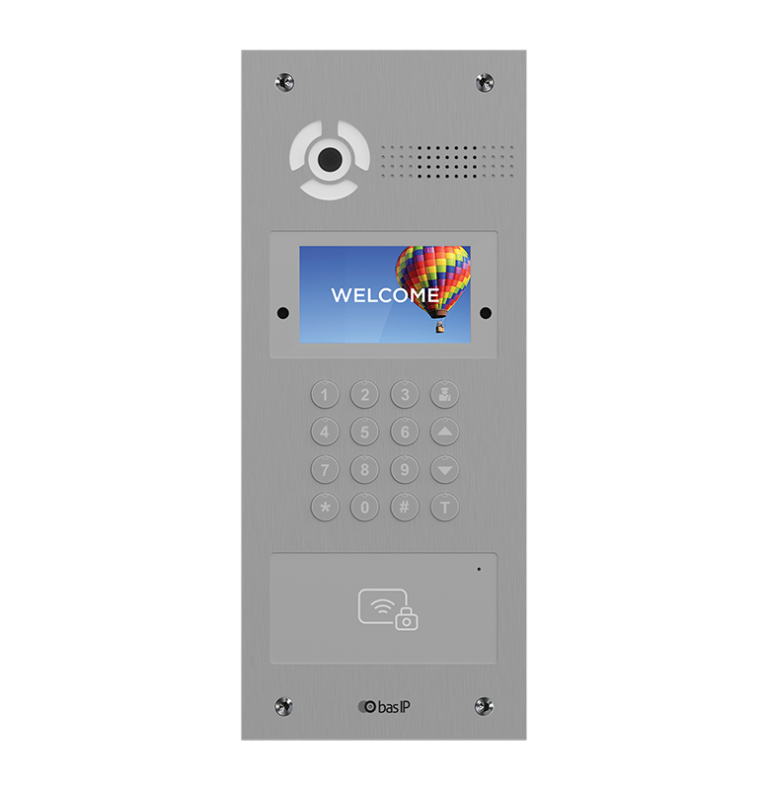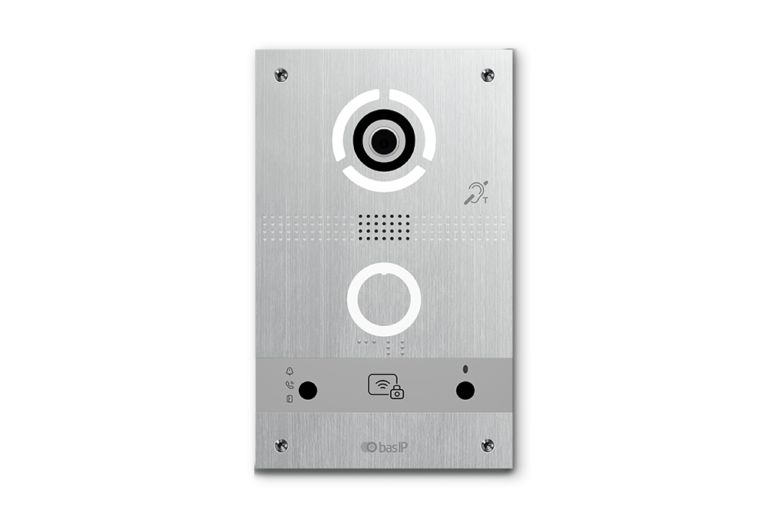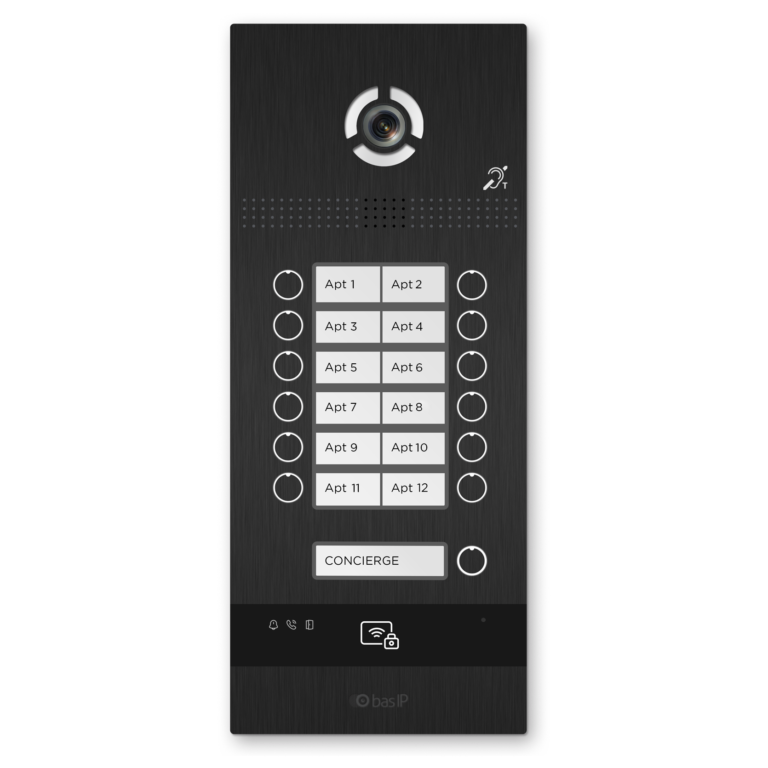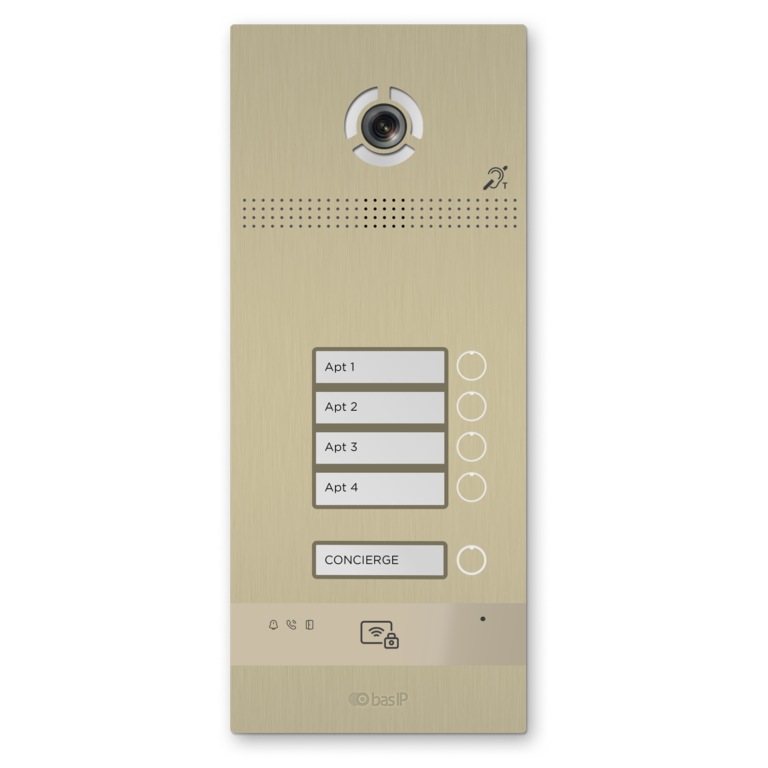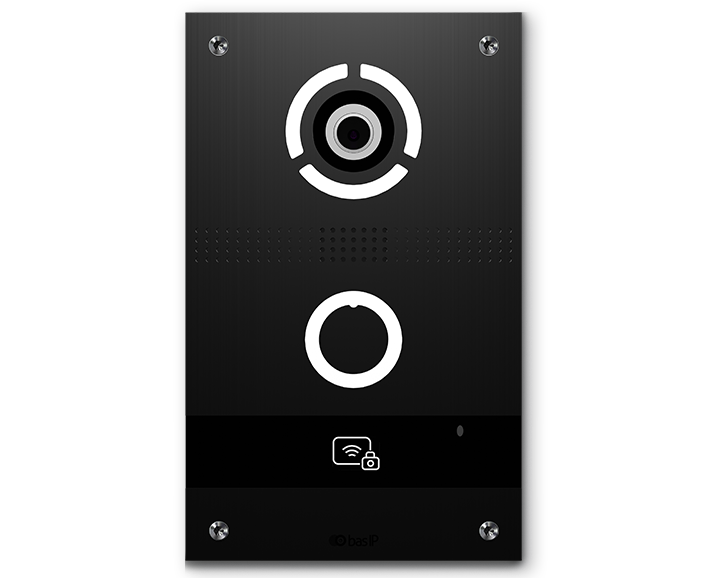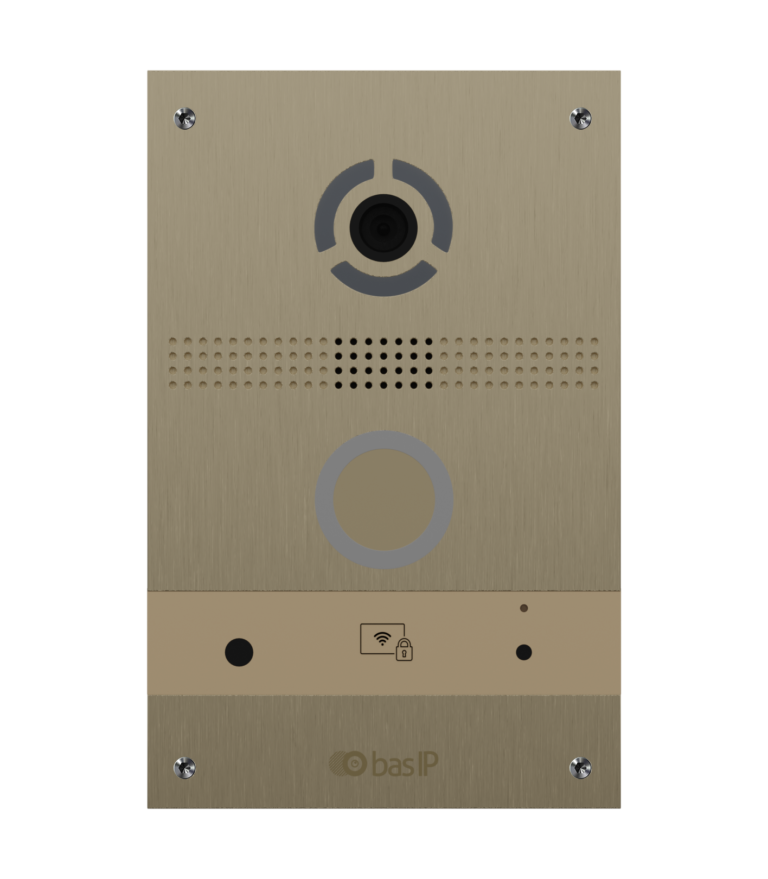KNX Protocol: Unlock the Power of Advanced Home Automation
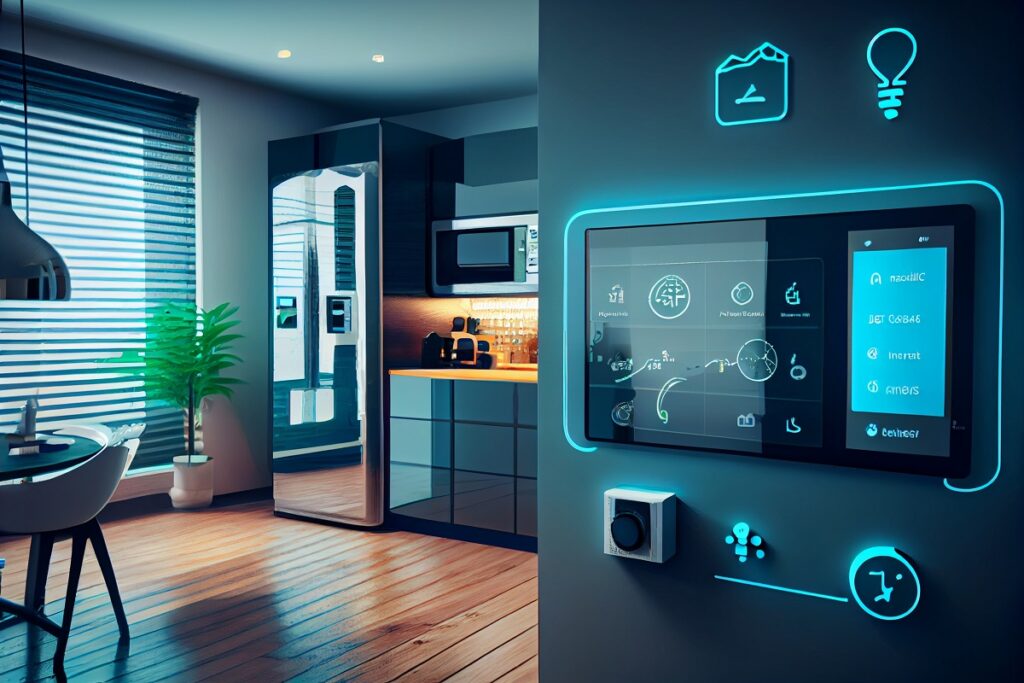
The advent of home automation has dramatically changed how we interact with our homes. In a world where convenience is key, one system stands out – the KNX Protocol. This protocol, fundamental in smart home automation, is turning ordinary homes into digital fortresses of technology and innovation.
Table of Contents
Understanding the KNX Protocol
The Concept Behind the KNX Protocol
KNX protocol is an open standard, which means it isn’t proprietary to a single manufacturer. This is a key element of its concept as it allows devices and components from different manufacturers to work together seamlessly. This interoperability opens up a broad range of possibilities for creating custom smart home systems that can incorporate a variety of devices.
At its core, the KNX protocol is designed to offer a standardized communication method for smart home and building automation devices. It enables the interaction and coordination between various devices and systems, ranging from lighting, heating, ventilation, and air conditioning systems, to more complex systems like security and energy management.
One of the fundamental aspects of the KNX protocol is that it operates on a decentralized model. This means that it doesn’t rely on a central controller or computer to function. Each component in a KNX network can operate independently and is capable of communicating directly with any other component. This design concept provides the system with a high degree of reliability and robustness. If one device fails, the rest of the system can continue to function without any interruption.

KNX protocol uses a common language that enables devices to understand each other, regardless of their specific functions. This means that a lighting system, for instance, can ‘talk’ to a heating system and coordinate operations to improve energy efficiency. For example, if the lighting system detects that it’s daylight, it can send a signal to the heating system to lower the temperature because the sunlight is providing natural warmth.
KNX is also highly scalable, making it suitable for a wide range of applications, from small residential setups to large commercial buildings. Its versatility and flexibility, combined with its emphasis on energy efficiency and sustainability, form the foundation of the KNX protocol’s concept. It’s this inherent design philosophy that has contributed to its widespread adoption and continued success in the smart home and building automation industry.
KNX Protocol Specification
Transmission Media: KNX supports different types of transmission media, making it a versatile protocol for different environments and applications. The transmission media supported include twisted pair wiring (KNX TP), power line (KNX PL), radio frequency (KNX RF), and Internet Protocol (KNX IP).
Twisted Pair Wiring (KNX TP): This is the most commonly used form of KNX installation. It requires a low-rate transmission of data (9600 bit/sec) over a twisted pair of wires.
Power Line (KNX PL): KNX PL uses existing AC electrical wiring for communication, eliminating the need for separate data cables. It is often used for retrofit applications where it is difficult to run new cables.
Radio Frequency (KNX RF): KNX RF is a wireless communication medium for KNX, ideal for retrofitting or in situations where it is impractical to install data cables.
Interoperability: One of the key technical specifications of KNX is its interoperability. As an open standard, KNX-certified products from different manufacturers can work together. This guarantees that all elements within a KNX system can communicate and interact with each other seamlessly.
Decentralized Intelligence: Each KNX device possesses its own microcontroller, which allows it to process information and make decisions independently. This decentralization enhances the reliability and resilience of the system, ensuring that even if one device fails, the overall system continues to operate.
Scalability: KNX systems can be scaled from small single-room installations to large building complexes. This is made possible by the KNX’s topology, which supports line, area, and backbone structures, as well as a combination of these.
Security: KNX provides a secure framework for home and building automation. Security measures include cyclic redundancy check (CRC) for error detection, and more recently, secure authentication and encryption mechanisms have been introduced.
Energy Efficiency: The KNX protocol places a strong emphasis on energy management and conservation. It allows for intelligent control of lighting, heating, cooling, and other systems to minimize energy usage.
KNX IP Protocol
KNX IP Protocol is an extension of the KNX standard that allows KNX telegrams to be communicated over IP networks such as Ethernet, WiFi, or the Internet. It provides a bridge between traditional KNX bus systems and IP-based networks, enhancing the flexibility, scalability, and remote accessibility of smart home and building automation systems.
- KNXnet/IP Protocol: The KNX IP protocol, also known as KNXnet/IP, encapsulates KNX frames into IP packets for transmission over IP networks. It uses the User Datagram Protocol (UDP) as the transport mechanism, providing an efficient, connectionless communication method.
- Communication Modes: There are two primary communication modes in the KNX IP protocol – Routing and Tunneling.
- Routing is mainly used for multicast communication, allowing KNX telegrams to be sent to multiple recipients simultaneously. This is useful for tasks like group communication and device programming.
- Tunneling, on the other hand, is used for point-to-point communication between a single KNX device and a KNXnet/IP server.
- KNXnet/IP Interfaces and Routers: These devices act as a bridge between the KNX bus and the IP network. They convert the KNX telegrams into IP packets and vice versa, enabling seamless communication between devices on different networks.
- Remote Access: KNX IP allows the remote configuration and control of a KNX system. This is particularly beneficial for system integrators, who can perform system maintenance and troubleshooting tasks remotely. For end-users, it means they can monitor and control their smart homes or buildings from anywhere in the world, provided they have internet access.
- Scalability: KNX IP enhances the scalability of KNX systems by breaking the physical constraints of a traditional bus system. It allows a virtually unlimited number of devices to be included in the system and supports larger building installations.
- Integration with IT Systems: The KNX IP protocol also facilitates integration with IT systems and other IP-based devices, broadening the scope of applications and functionalities in a KNX system.
KNX IP protocol leverages the strengths of IP networking to deliver advanced features and capabilities in KNX smart home and building automation systems.
The Origin and Development of KNX Protocol
History and Evolution of KNX Protocol
The origin of the KNX protocol can be traced back to the late 1980s and early 1990s. During this period, the idea of smart home automation was gradually gaining traction, and several European manufacturers had started developing their own building automation systems.
These initial systems were proprietary, meaning they were closed systems that could only communicate with devices made by the same manufacturer. To bridge this gap and create a standard for home and building automation, three major protocols – the European Installation Bus (EIB), Batibus, and European Home Systems (EHS) came together to form the foundation of the KNX protocol.
In 1999, these systems merged under the Konnex, or KNX, standard. The goal was to create a single, unified standard for home and building control that was capable of overcoming the limitations of individual systems. The result was a highly robust and interoperable protocol that could be used across a variety of applications and devices, regardless of the manufacturer.
Key Players and Influencers in its Development
1. European Installation Bus (EIB): EIB is one of the three founding systems that combined to form the KNX protocol. EIB was initially developed by Siemens and it represented a major technological step forward for building automation in the 1980s.
2. Batibus: This French protocol was one of the pioneers in home automation standards. It contributed to the foundations of KNX by emphasizing the importance of interoperability between devices from different manufacturers.
3. European Home Systems (EHS): As another of the founding systems, EHS brought additional expertise and perspectives to the early development of the KNX standard.
4. KNX Association: Established in 1999, the KNX Association has played a central role in the development and promotion of the KNX standard. The association includes over 400 manufacturers worldwide, and these members contribute to the evolution of KNX by developing new products and technology based on the standard.
5. Siemens: Siemens, one of the world’s largest producers of energy-efficient technologies, was a significant contributor to the early development of the EIB and remains a key player in the KNX ecosystem. The company offers a wide range of KNX-compatible products.
6. Schneider Electric: As a global specialist in energy management and automation, Schneider Electric is a significant player in the KNX world. The company offers an array of KNX solutions and contributes to the development of the protocol.
7. ABB: ABB is a global leader in electrical engineering and offers a comprehensive range of KNX products. The company actively contributes to the further development of the KNX standard.
8. Gira: This German company is known for its high-quality electrical installation systems and intercom solutions. Gira’s commitment to KNX is evident in their extensive range of KNX-enabled products.
9. Hager: Hager is another influential player that offers a wide range of KNX-compatible solutions, and actively participates in the development of the protocol.
10. The International Electrotechnical Commission (IEC) and The European Committee for Electrotechnical Standardization (CENELEC): Both these bodies recognized KNX as a standard for home and building electronic systems. Their recognition has greatly influenced the acceptance and growth of KNX.
All these players and influencers have significantly contributed to the growth and development of the KNX protocol, making it a leading global standard in smart home and building automation.
Notable Milestones and Improvements
| Year | Milestone |
|---|---|
| 1999 | Formation of the KNX standard through the merging of three previous standards – the European Installation Bus (EIB), Batibus, and European Home Systems (EHS) |
| 2003 | Recognition by the European Committee for Electrotechnical Standardization (CENELEC) as a standard for home and building electronic systems |
| 2006 | Recognition by the International Electrotechnical Commission (IEC) as a standard for home and building control systems |
| 2007 | Introduction of the KNX RF (Radio Frequency) standard, enabling wireless communication between devices |
| 2010 | Launch of KNX Web services for accessing KNX installations via the internet, providing a major step forward for remote access and control |
| 2013 | Introduction of KNX Secure, a major enhancement of the KNX system to increase security measures and combat cyber threats |
| 2017 | Integration of KNX IoT (Internet of Things) capabilities, aligning KNX with modern trends towards increased connectivity and data sharing |
| 2020 | Introduction of ETS6, the latest version of the Engineering Tool Software (ETS) used to design and configure KNX systems, enhancing user experience and system design capabilities |
Applications of KNX Protocol in Smart Home Automation
Overview of KNX in Home Automation
KNX is a communication protocol that’s widely used in home automation systems around the globe. As an open standard, it allows devices from many different manufacturers to work together seamlessly, offering users a vast choice of products for their home automation projects.
KNX serves as a “universal language” that enables all connected devices to communicate with each other, regardless of their specific function. Whether it’s lighting, heating, security, energy management, or multimedia systems, KNX can integrate all these components into a single, cohesive system.
In a KNX-based smart home, different devices can be programmed to work in conjunction with each other, automating various tasks based on predefined rules or scenarios. For example, the blinds could be programmed to lower automatically when the room reaches a certain temperature, or the lights could be set to dim when a movie starts playing on your home cinema system.
Moreover, KNX isn’t limited to controlling just the devices within your home. With its support for IP networking, KNX also allows for remote access and control, meaning you can monitor and manage your smart home from anywhere in the world.

A notable example of KNX’s interoperability is its integration with the BAS-IP intercom system via the Session Initiation Protocol (SIP). SIP is a signaling protocol used for initiating, maintaining, and terminating real-time sessions in an IP network. With this integration, users can answer intercom calls, open doors, and communicate with visitors directly from their KNX control devices, enhancing convenience and security. It’s another testament to the flexibility and versatility of the KNX protocol, underlining its position as a leading choice for home automation projects.
Case Studies of Real-World Applications
Real-life examples of KNX at work include energy-efficient offices in Brussels and smart homes in South Korea, showcasing its global appeal.
Benefits and Advantages of Using KNX Protocol in Smart Homes
KNX provides numerous benefits, including energy savings, increased security, and unparalleled convenience.
| Benefit | Description | Example |
|---|---|---|
| Interoperability | KNX is an open standard, meaning it can work with devices from many different manufacturers. | A homeowner can choose products from different companies, all of which can work together on a single KNX system. |
| Scalability | KNX can be used for both small and large installations, from a single room to an entire building. | A small KNX system can be expanded over time as the homeowner’s needs change or new technology becomes available. |
| Energy Efficiency | KNX systems can be configured to maximize energy efficiency, leading to reduced energy costs. | Lighting can be programmed to switch off when a room is unoccupied, or blinds can be controlled to take advantage of natural daylight. |
| Flexibility | The KNX protocol is adaptable to different transmission media (twisted pair, radio frequency, powerline, and IP/Ethernet), providing great flexibility in installation. | In a building renovation, a wireless KNX solution can be used to avoid the need for new wiring. |
| Security | KNX provides several layers of security, including encryption and authentication, to protect against unauthorized access and manipulation. | A KNX Secure device ensures the integrity and confidentiality of control commands, protecting against potential cyber threats. |
| Centralized Control | With KNX, all components of a home automation system can be controlled and monitored centrally. | Homeowners can check the status of all devices and systems (such as lighting, HVAC, security, etc.) in their home from one central control panel or even remotely. |
| Future-proof | Given its wide industry support and continuous development, KNX is a future-proof investment. | As new devices and technologies emerge, the existing KNX system can be updated or expanded to integrate these innovations. |
Comparison with Other Smart Home Protocols
Chart 1: Strengths & Weaknesses of Protocols
| Protocol | Strengths | Weaknesses |
|---|---|---|
| KNX | Interoperable, Reliable, Secure | High initial cost |
| Zigbee | Low cost, Power-efficient | Limited range |
| Z-Wave | Easy to use, Large device support | Limited bandwidth |
| X10 | Affordable, Wide device support | Prone to interference |
| Bus/SCS | Robust, Simple | Older technology |
| Bacnet | Standardized, Versatile, Scalable. | Complex setup |
Chart 2: Protocols Tech Comparison
| Protocol | Transmission Medium | Interoperability | Security | Range |
|---|---|---|---|---|
| KNX | Twisted Pair, RF, Powerline, IP/Ethernet | High (Standardized) | High (KNX Secure) | Depends on Medium |
| Zigbee | RF | Medium (Zigbee Alliance) | Medium (128-bit AES encryption) | Up to 100m (open air) |
| Z-Wave | RF | Medium (Z-Wave Alliance) | Medium (128-bit AES encryption) | Up to 100m (open air) |
| X10 | Powerline, RF | Low (No Official Standard) | Low (No Built-in Security) | Short (Depends on House Wiring) |
| Bus/SCS | Twisted Pair | Low (Specific to Legrand) | Medium (Proprietary Security) | Depends on Medium |
| Bacnet | IP/Ethernet, MSTP, PTP | High (ASHRAE and ISO Standard) | Medium (optional 128-bit AES encryption) | Depends on Medium |
KNX and the Future of Smart Home Automation
KNX continues to evolve with the smart home landscape. With new technologies like 5G and IoT, opportunities for KNX are limitless. However, adoption may face challenges, including high setup costs and a need for professional installation.
KNX Protocol in IoT
The Internet of Things (IoT) is a concept where devices, appliances, and systems are interconnected, allowing for improved efficiency, convenience, and functionality through data sharing and automation. The KNX protocol plays a significant role in the IoT, particularly within the context of smart homes and building automation.
Here are some aspects elaborating on the role and integration of the KNX protocol within IoT:
- Standardization and Interoperability: KNX is a worldwide standard for home and building control, enabling devices from different manufacturers to communicate with each other. This is especially crucial in the IoT environment where numerous devices need to work together seamlessly.
- Data Sharing and Analytics: In an IoT ecosystem, data is constantly collected, shared, and analyzed to improve performance, efficiency, and user experience. KNX, being a communication protocol, facilitates this data exchange between connected devices in a smart home or building, providing valuable insights for energy management, predictive maintenance, and more.
- Remote Control and Monitoring: KNX, when combined with Internet Protocol (IP), allows for remote control and monitoring of a smart home or building. This is a key aspect of IoT, enabling users to manage their homes or buildings from anywhere in the world.
- Integration with IT Systems and Cloud Services: The KNX protocol can be integrated with IT systems and cloud services, opening up a broad range of IoT applications. For example, weather data from the cloud can be used to automate shading devices, or occupancy data from IT systems can be used to control lighting and HVAC.
- Security and Privacy: Security is a crucial concern in IoT, given the multitude of connected devices and the sensitive data involved. KNX provides several layers of security, including encryption and authentication, to protect against unauthorized access and manipulation.
- Future Trends and Developments: KNX is continually being developed and updated to align with modern trends in technology, including IoT. The KNX IoT city, a project initiated by the KNX Association, aims to further extend the use of KNX in IoT and showcases the potential of KNX within the smart city context.
KNX plays a vital role in the realization of IoT in the context of smart homes and building automation. Its standardized and interoperable nature, combined with its ability to facilitate data exchange and integrate with other systems, makes it a solid foundation for building IoT applications.
How to Integrate KNX Protocol in Your Home Automation System
Steps to Implement KNX Protocol
- Conceptualize: Identify what you want to achieve in your smart home.
- Design: Create a layout of your home and identify where KNX devices should go.
- Implementation: Install KNX devices and connect them via the KNX bus.
- Programming: Use software like ETS to program the actions of each KNX device.
Necessary Tools and Resources
To implement KNX, you’ll need KNX compatible devices, a KNX bus (twisted pair, RF, or powerline), and programming software.
Conclusion
From its inception to its application, the KNX protocol has significantly shaped the home automation industry. Its strong market presence and positive outlook underline its importance in the smart home ecosystem.
In the realm of home automation, the KNX protocol stands out as a robust and versatile solution. Its ability to offer personalized, efficient, and secure smart homes makes it a worthy investment.
Whether you’re new to smart homes or looking to upgrade, consider the power of KNX protocol. Explore its possibilities, embrace the future, and make the smart move today!
